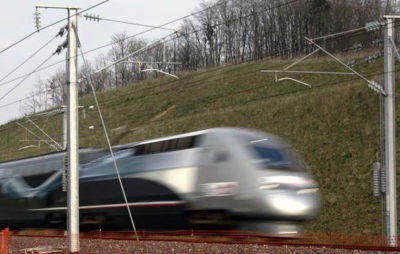Unified approach for rail high-speed comms

The rail sector stands to benefit from the latest secure broadband voice and data services, as new LTE mission-critical standards are established by 3GPP.
That was the message from Paul Ward, international sales director for ETELM, who spoke this week at the Asia Pacific Rail conference in Hong Kong.
Ward said that LTE offers an “exciting opportunity” for operators to provide a single solution for operational and maintenance services, such as passenger information applications, CCTV and traffic management.
He added that such unified systems would help railway operators optimise services, reduce infrastructure costs and even provide new revenue streams.
“Communications requirements within the transport sector involve advanced, mission-critical voice and data services along with the integration of other applications such as signalling, dispatching and passenger information,” Ward said.
“Mission-critical LTE provides the perfect solution for transport communications as it offers higher speed mobile data services and mission-critical voice services.”
Ward added that while traditional narrowband offers a secure solution for voice and data, “data capacity is limited and the integration to high bandwidth services is a challenge for traditional narrowband LMR systems”.
“Having both broadband and narrowband connecting on a single LTE EPC core is the future,” he said.
ETELM is a Paris-based manufacturer of mission-critical communications infrastructure, specialising in the transport sector.
The company supplied all the trackside TETRA communications for France’s V150 Project, which set the World Train Speed Record for wheeled trains of 574.8 km/h.
Perth's new rail network control centre ready for operations
The new control centre, which covers roughly 1000 m2, will be responsible for...
5G mmWave extended to 14 km in nbn field trials
Live field trials of 5G mmWave technology in parts of the nbn Fixed Wireless network achieved...
Mavenir and Terrestar achieve NTN Voice over NB-IoT call
The achievement was conducted over a 3GPP-standardised NTN S-band spectrum, avoiding interference...





